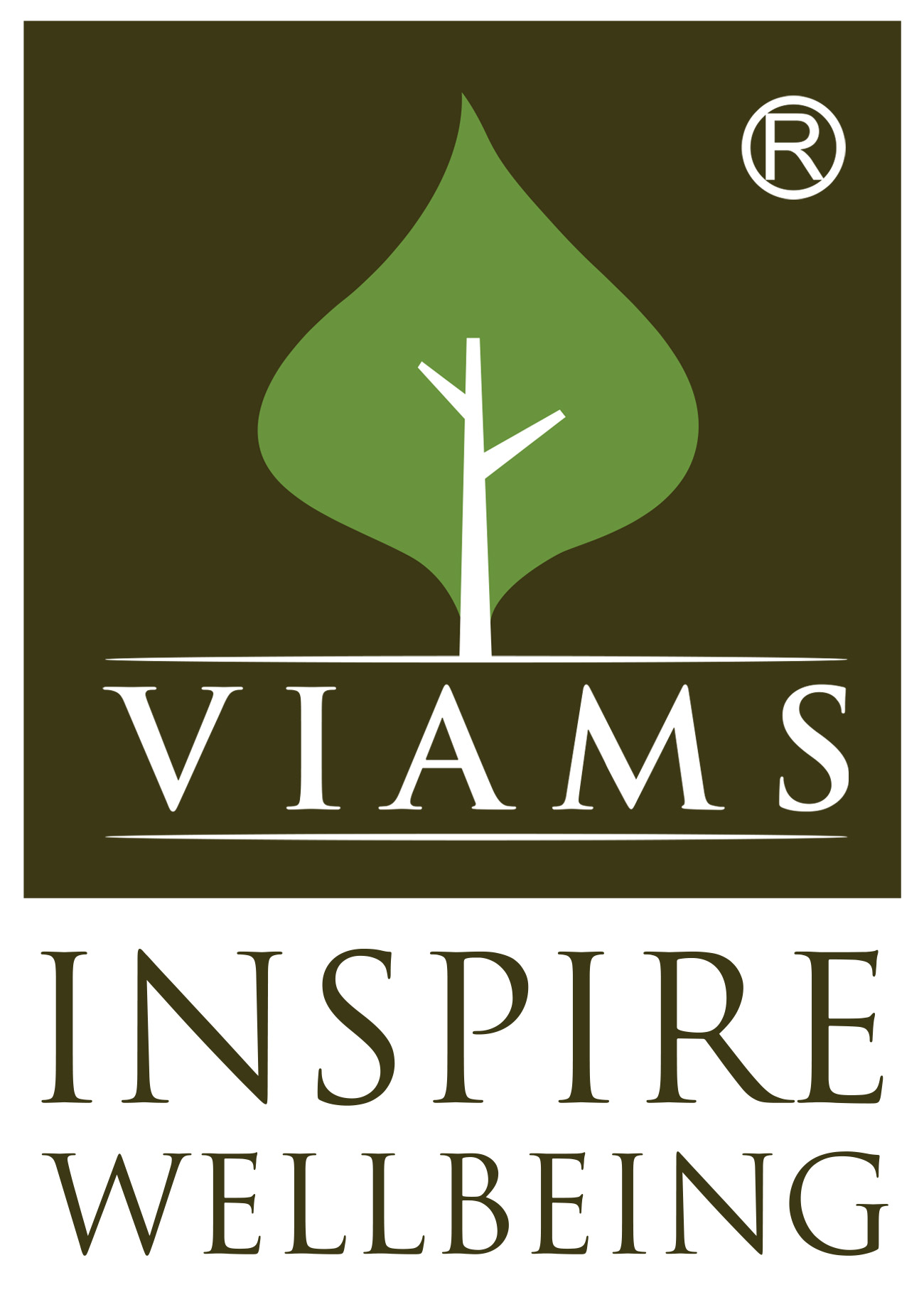Childhood Atopic Dermatitis
Childhood Atopic Dermatitis (CAD), commonly referred to as eczema, is a chronic inflammatory skin condition that affects children, often starting in infancy. It is characterized by itchy, red, and dry skin, primarily on the face, arms, and legs. Atopic dermatitis is part of the “atopic triad” that includes asthma and allergic rhinitis, suggesting a genetic predisposition. Though not contagious, it can significantly impact a child’s quality of life due to the chronic itching, discomfort, and potential sleep disturbances.
Modern Aspects of Childhood Atopic Dermatitis
In modern medicine, childhood atopic dermatitis is seen as a result of genetic and environmental factors. Children with a family history of eczema, asthma, or allergies are more likely to develop the condition. Environmental triggers such as dust mites, pollen, pet dander, certain foods, and even emotional stress can worsen the condition.
Treatment in conventional medicine focuses on managing symptoms:
Topical corticosteroids are commonly used to reduce inflammation and itching.
Emollients (moisturizers) are applied frequently to hydrate and protect the skin barrier.
Antihistamines may be prescribed to control itching and prevent scratching, which can lead to skin infections.
Types of Childhood Atopic Dermatitis:
- Mild Atopic Dermatitis: Characterized by small patches of dry, itchy skin, often managed with regular moisturization.
- Moderate Atopic Dermatitis: Involves larger areas of the skin and may require additional treatment with topical steroids and other medications.
- Severe Atopic Dermatitis: Extensive skin involvement, intense itching, and frequent flare-ups that may require more aggressive treatment approaches, including systemic therapies.
Ayurvedic Perspective on Childhood Atopic Dermatitis
In Ayurveda, atopic dermatitis in children is considered to be a result of an imbalance in the Pitta dosha, which governs heat and metabolism in the body, along with the influence of Kapha. This imbalance leads to an accumulation of toxins (ama) in the body, which manifests as inflammation and irritation in the skin.
Ayurvedic treatment focuses on addressing the root cause of the condition by balancing the doshas, detoxifying the body, and strengthening the immune system. In Ayurveda, childhood atopic dermatitis is often classified under Vicharchika (a type of eczema).
Effectiveness of Ayurvedic Treatment for Childhood Atopic Dermatitis
Ayurvedic treatment for childhood atopic dermatitis focuses on reducing inflammation, alleviating itching, and preventing recurrence. The treatment involves:
- Panchakarma: Detoxifying therapies like Virechana (purgation) to remove toxins from the body and balance the doshas.
- Herbal Formulations: Medicines like Neem, Khadira, and Manjistha are used to purify the blood and reduce Pitta-related inflammation.
- Topical Treatments: The use of herbal pastes and oils, such as Kumari (Aloe vera) and Chandan (Sandalwood), to soothe and heal the affected skin.
- Rasayana Therapy: Rejuvenation treatments to boost immunity and prevent flare-ups.
Benefits of Integrated Treatment at VIAMS
At VIAMS, we offer an integrated approach to treating childhood atopic dermatitis by combining the best of Ayurvedic principles with modern medical care. Our comprehensive treatment plan includes:
- Ayurvedic therapies: To detoxify the body and balance the doshas.
- Modern dermatological insights: To manage symptoms and prevent complications, such as skin infections.
- Physiotherapy and Counseling: To address the psychosocial impact of the condition, especially in severe cases where sleep and daily activities are affected.
- Personalized Treatment: Our approach is tailored to the child’s unique dosha constitution, ensuring optimal results.
By integrating both Ayurvedic and modern approaches, we aim to reduce flare-ups, control symptoms effectively, and improve the overall quality of life for children with atopic dermatitis.
Importance of Diet in Managing Childhood Atopic Dermatitis
In Ayurveda, diet plays a crucial role in managing skin conditions, especially those involving Pitta dosha, such as atopic dermatitis. A Pitta-pacifying diet is essential to cool the body, reduce inflammation, and support the healing process.
At VIAMS, we recommend a diet that includes:
- Cooling foods: Such as fresh fruits (like pomegranate and melons), leafy greens, and coconut water.
- Avoiding spicy, sour, and oily foods: These foods aggravate Pitta and can trigger flare-ups.
- Hydration: Encouraging the intake of plenty of water and herbal teas to keep the skin hydrated and support the body’s natural detoxification process.
- Immune-boosting foods: Such as almonds, ghee, and turmeric, which strengthen the body’s defenses and reduce the chances of infections.
A well-balanced diet tailored to the child’s constitution can help in managing the condition effectively and enhancing the overall results of Ayurvedic treatments.
